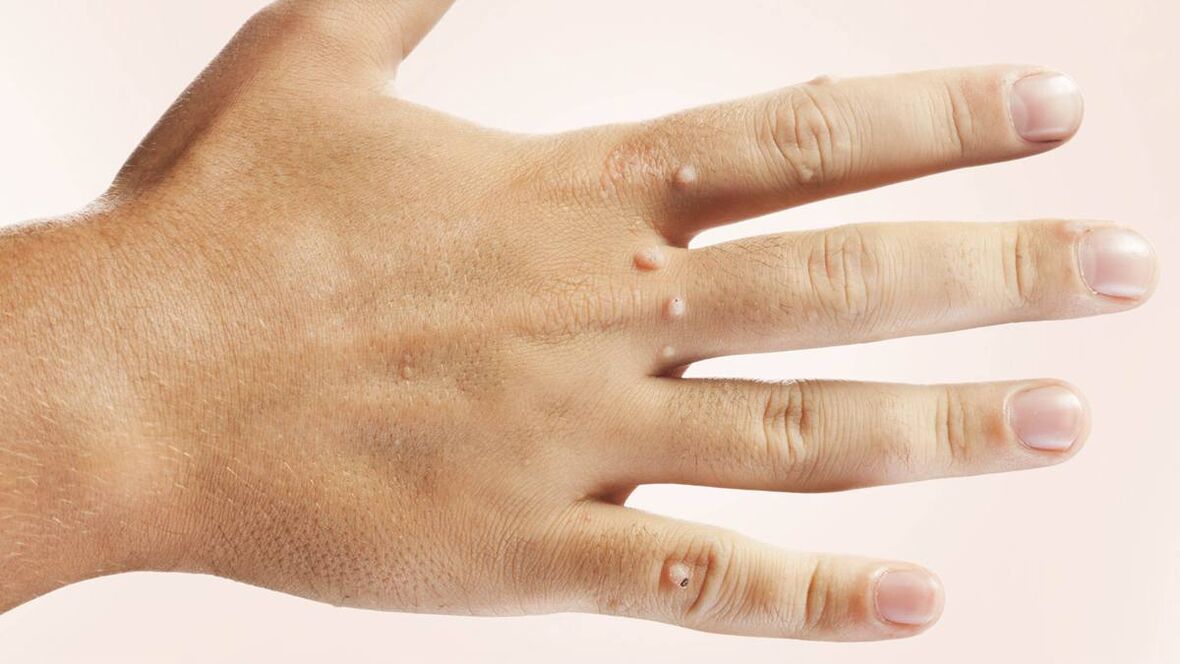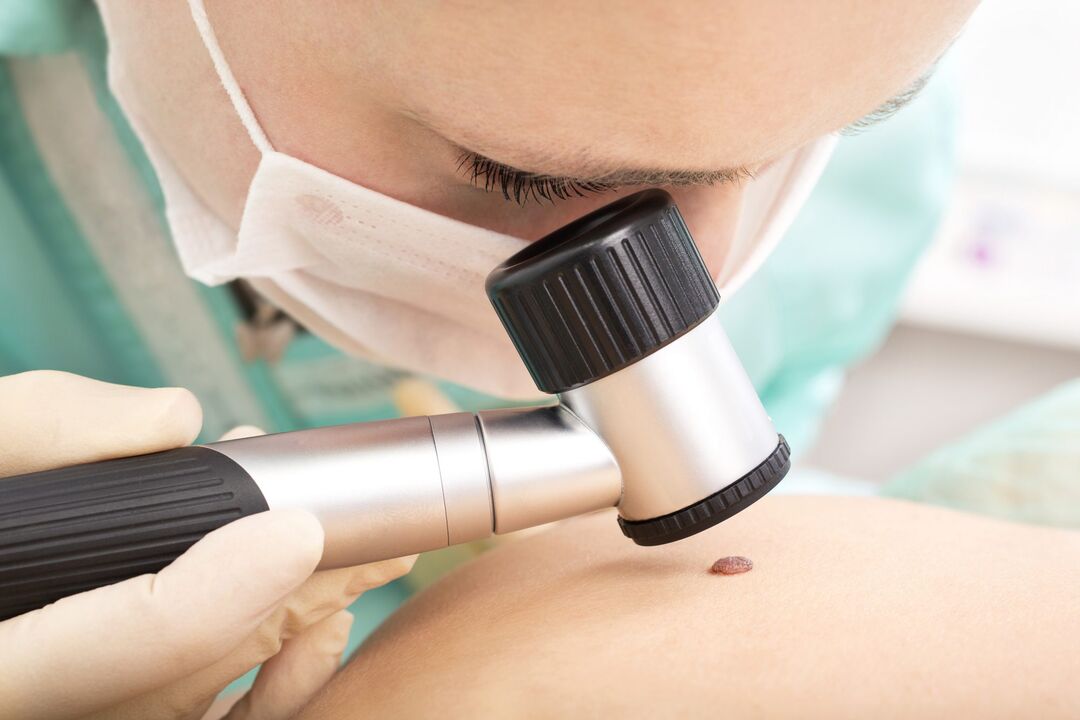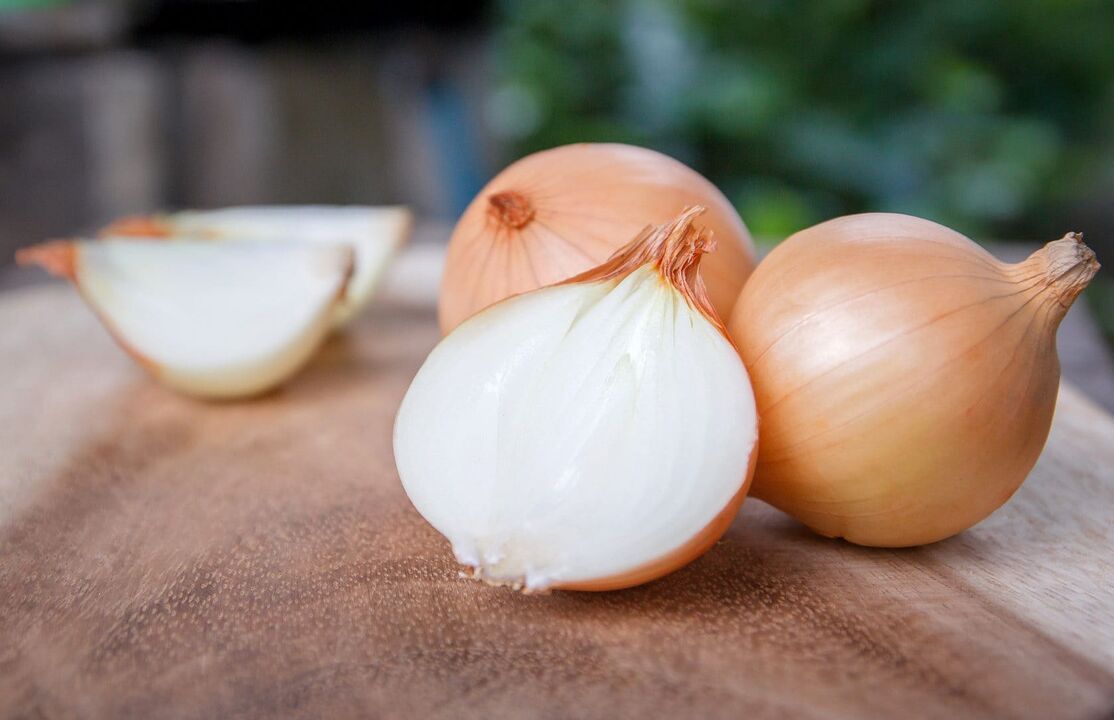Warts can appear on everyone's body. In most cases, they disappear on their own, but sometimes it is necessary to remove them. Removing warts, of course, is best done in a health care setting. Self-disposal of such neoplasms may not be successful, or on the contrary, lead to their injury. You will learn about where you can remove warts from the next article.

Who Might Have Warts?
Anyone can get warts, but those who are most likely to be infected with the papilloma virus are:
- children and youth;
- adults and children who have a habit of biting their nails or spikes;
- people with weakened immune systems.
In children, warts usually go away without treatment. A dermatologist should be consulted if warts are bothersome to the child (for example, painful) or multiply very quickly.
Signs and symptoms
Depending on their appearance and location on the body, several types of warts are distinguished. The following are signs (what the person sees) and symptoms (what the person feels) that are common to some types of warts.
Vulgar warts (common)
If a child has warts on his face, be sure to check his hands - you will most likely see warts there too. The virus usually spreads to the skin of the face when touched or when a child bites a fingernail.
Vulgar warts:
- more common on the fingers, around the nails and on the back of the palms;
- more common in places where the skin is often damaged, for example in places where there are thorns, or when the habit of biting nails;
- most often they look like small nodules (solidifications) with an uneven rough surface;
- may have black dots on the surface (actually, these are small blood vessels that are thrombosed), which are sometimes mistakenly called the "root" of the wart.
plantar warts
They appear on the soles of the feet and are sometimes difficult to treat.
Plantar Warts:
- appears more often on the soles of the feet;
- can grow, unite and form what are called clusters (mosaic warts);
- more often flat or ingrown (due to pressure created when walking);
- painful, especially with pressure;
- often causes a feeling of gravel in the shoe;
- may have black dots on the surface.
flat warts
- it can appear anywhere, but, as a rule, it occurs more often in children on the face, in men - on the chin, in women - on the legs;
- Smaller and smoother than other types of warts
- as a rule, many and located in groups, usually appearing in large numbers - from 20 to 100 at once.
Filiform warts (acrochords)
- look like long threads or thin finger-like growths;
- more common on the face: around the mouth, eyes and nose;
- tend to grow rapidly.
Do I need to remove warts and why
For each type of papillomavirus in medicine, a numbering system is used. It is known that HPV types number 57, 26-29, 14-17, 12, 10, 7 1-5 - are guilty of the appearance of various types of warts, from 1 to 4 - cause plantar warts, 49, 28, 3 and 10 - flat, HPV 27 - normal.
Oncogenic HPV types require special attention, such as 52, 39, 33, 31, 30, 70, 40, 51, 55, 61-64, they can trigger the occurrence of precancerous conditions and are considered the most dangerous. When localized on the penis, in the vagina, on the cervix - HPV types 16, 11, 13, 31, 33, 35 - form genital warts and papillomas.
The following papillomaviruses, which can be localized on the external genital organs and mucous membranes, are recognized as very dangerous - these are types 70, 66, 56, 33, 31, 18, 16. Many people who develop warts wonder, is it possible to get rid of warts, dangerousor not?
In any case, one should consult a dermatologist to determine the nature of the neoplasm, its type. In addition to eliminating aesthetic discomfort, increasing the risk of injury to the growth, it is necessary to treat or remove the neoplasm because the presence of foci of viral infection provokes its spread to other areas of the skin, and there is also a risk of the neoplasm developing malignant. Be sure to consult a dermatologist to find out the type of wart, papilloma or condyloma and determine the best way to get rid of it.
Don't delay your visit if:
- A bleeding or tearing neoplasm has occurred;
- If the wart becomes painful, itchy, burning occurs
- Change color, become heterogeneous in color, change shape and size
- The number of warts increases, some girl growth appears
- If the wart is localized in a conspicuous place, it is often traumatizing and causes psychological discomfort.
Removing warts at home yourself may not be safe. All doctors agree that removing warts at home is dangerous and is not recommended for the following reasons:
- Self-discharge from the buildup most often leads to the formation of scars, scars or burns on the nearby skin tissue;
- With various home methods, it is possible to introduce infection into the wound and develop an inflammatory process or spread the virus to other areas of the skin;
Of course, the chances of transforming a true wart into a malignant neoplasm are not great, but there is still such a risk, and after self-removal of any neoplasm, without diagnosis and hysteroscopy of the removed material, there may be adverse consequences.
How are warts diagnosed?
In the case of warts, to make a diagnosis, a dermatologist usually only needs to look at them. In some rare cases, a biopsy may be needed to confirm the diagnosis. To do this, the doctor will remove the wart and send a sample to a laboratory, where it is examined under a microscope. Don't worry - it's a fast and safe procedure.

How to treat warts
In children, warts usually go away without any treatment.
In adults, warts are in most cases completely harmless, but unlike children, warts sometimes don't go away on their own.
A dermatologist consultation is necessary if:
- warts change shape, color, size;
- warts hurt you;
- the number of warts increases.
There are many different methods for removing warts. The choice of this or that method depends on the patient's age, health condition, as well as the type of wart.
Warts - body benefits
Often papillomas (warts) are confused with moles. Warts, like moles, can be removed in the same way. Each has its own advantages and disadvantages. For example, traditional surgery still leaves scars on the skin.
Wart removal surgery is usually not recommended because warts often grow back.
With cryodestruction and laser removal, it is not always possible to accurately control the depth of effect on the tissue. Electrocoagulation allows you to control the depth of exposure, but the risk of scarring remains. Therefore, sometimes a combination of several methods is used. Other treatments for warts include topical salicylic acid, duct tape, and chemical treatments.
Basic methods for removing warts
As practice shows, many patients try to get rid of it using traditional methods. However, it is always helpful to understand that traditional methods themselves are not very effective, and in some cases can even be dangerous. The correct process is possible only if the specialist fights not only with the skin manifestations of the virus, but also with its base. There are several methods for removing this neoplasm:
- Radio Wave. . . A relatively new method, but well proven. With the help of a special device, radio waves of a certain frequency are exposed to the skin formation. The advantage of this method is that it allows you to remove the wart itself and the root.
- Electrocoagulation.This term hides cauterization of neoplasms using special electrodes. Thanks to local anesthesia, in which all procedures are carried out, you can always be sure that you will not experience negative sensations.
- A liquid nitrogen.Another well-known method. Nitrogen freezes the wart and its roots, so it's a very fast and high-quality removal.
To remove warts, a dermatologist may use:
- Cryotherapy(liquid nitrogen) is the most common method of removing vulgar warts in adults and children, and it is less painful. But usually the procedure needs to be repeated. And the use of this method on people with dark skin can cause the formation of dark spots on the skin.
- Electrosurgery and curettage. . . Electrosurgery (electric moxibustion) is an effective way to remove vulgar, filiform and plantar warts. Curettage is a method that involves removing the wart with a sharp knife or special instrument (curette). After scraping, electrocoagulation is performed, and a bandage is placed on the wound.
Often these two procedures are used together. A dermatologist can remove warts by curettage before or after cauterization.
Doctors can also remove warts surgically.
In cases where the above methods have not yielded positive results, a dermatologist may use one of the following methods:
- Laser treatment is performed under local anesthesia;
- Cauterizing chemicals are usually prescribed to treat flat warts. Such peeling is carried out daily at home, for this they use preparations of salicylic acid and glycolic acid;
- Immunotherapy in the treatment of warts is a way to activate the body's own defenses. It is prescribed in cases where other types of therapy do not give a positive result.
One type of immunotherapy is the application of a special substance to the wart. An allergic reaction occurs around the treated wart, which can help the body deal with it. Another type of immunotherapy is the injection of interferon into the wart. Injections can boost immunity and make the body fight the virus.
Unfortunately, there is no way that will allow you to get rid of warts for good with a 100% guarantee. They can reappear in an old place and reappear in a new place. Sometimes it seems that new warts appear faster than old ones disappear. This occurs if the virus infects cells adjacent to the wart before the wart is removed. That's why new warts usually appear near the old ones.
Self-care and removal
There are many ways to get rid of warts with folk remedies that are quite successful, but this does not mean that you should forgo folk remedies and continue to self-medicate.
Any recipes for getting rid of warts, any videos about getting rid of warts, reviews of people and beauticians - this is only introductory material that shows that removing warts in children and adults is possible without consequences.
But you should not experiment and make hasty conclusions - any neoplasm on the human body must be shown to a doctor, studied by him using laboratory tests, and only then cured or eliminated. But apart from this, we decided to give you some of the methods used to remove warts at home. We hope that this material, as we recommend it, will remain for your information only.
Since the cost of removing warts in some clinics and beauty salons scares people a little, they try to treat the neoplasm on their own, it happens like this.
Bulb care
Medium-sized raw onions are soaked in vinegar for about two hours, chopped and tied to the wart overnight. This procedure is carried out until the wart is gone.

Wood ash treatment
Wood ash, preferably fresh, should be diluted with clean water until a homogeneous slurry is formed, which should be applied to the wart daily until it disappears.
Remove warts with celandine
The warts are smeared with fresh celandine juice in the morning and evening. Due to the alkaloids contained in it, warts can be treated quickly. They dry up and leave. This procedure should be repeated until the wart is completely gone. Be careful when using celandine juice, it should not hit healthy skin, as it is quite spicy.
Removal of warts and papillomas by cauterization
This method is painful, but according to many, it is quite effective. It is necessary to take a dry trunk from any tree branch and hold it over an open fire. When it begins to smolder, you need to burn the neoplasm with heat. This should be done several times, after 5-7 days the wart will disappear.
As you can see, in addition to the fact that you can buy a drug to get rid of warts in a pharmacy, you can still grow it in your own summer cottage or find it in your home. It's up to you to experiment or not, to think, but we've made our choice and have recommended it to you several times.
After removal of the papilloma
Remember that simply removing the wart does not remove the virus from the body. After a long time or not too long, papillomas may reappear. This is due to the presence of virus particles. In order to get rid of the virus for a long time, precautions should be taken. How to do it?
Vitamin therapy. Take courses lasting two to three months, focusing on the high concentration of zinc in the vitamin and mineral complex taken. Zinc inhibits the multiplication of viral particles. Thus, the human papillomavirus dies once and for all.
- Good personal hygiene. Good skin care.
- Avoid stress, overwork, normalize daily routine. Sleep should take at least eight hours a day.
- Eat well.
- Try not to be too cold, avoid colds after removing the wart for the first three months, and preferably - six months.
- Check for intestinal dysbiosis. If available, follow probiotic treatment.
- See an infectious disease specialist or immunologist. Your doctor will prescribe an antiviral medication that stimulates your immune system.
When thinking about getting rid of warts, first visit a competent specialist.
Papillomas with suspected malignancy should be removed at an appointment with an oncologist.
Such formations are best subjected to a control histological examination.
Prevention
To prevent the appearance of warts, dermatologists recommend the following:
- do not injure the wart;
- wearing slippers or other special shoes when visiting the pool, as well as in public bathrooms and changing rooms;
- do not touch other people's warts;
- Wipe dry feet with warts, moisture tends to spread warts.














































































